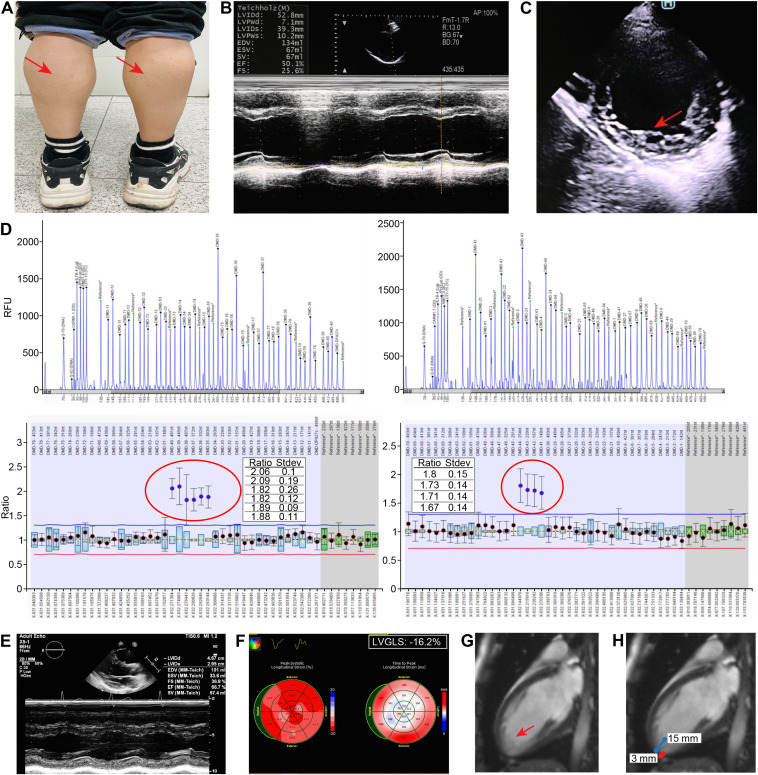
Juvenile cardiomyopathy with dystrophin deficiency


Pseudohypertrophic muscular dystrophy is a lethal X-linked recessive neuromuscular disorder caused by mutations in the dystrophin gene. This gene encodes a cytoskeletal protein that is extensively expressed in muscle cells and that enables the strength, stability, and functionality of myofibers. Muscular dystrophy can be grouped into two different categories based on the mutational rate and clinical severity, Duchenne muscular dystrophy (DMD) and Becker muscular dystrophy (BMD). DMD is the most common and the more severe type of dystrophy. DMD patients usually become wheelchair-bound by the age of 12 years and die in their late teens to early twenties.1 In contrast, BMD is relatively less severe and the patients can potentially have a longer life expectancy.
